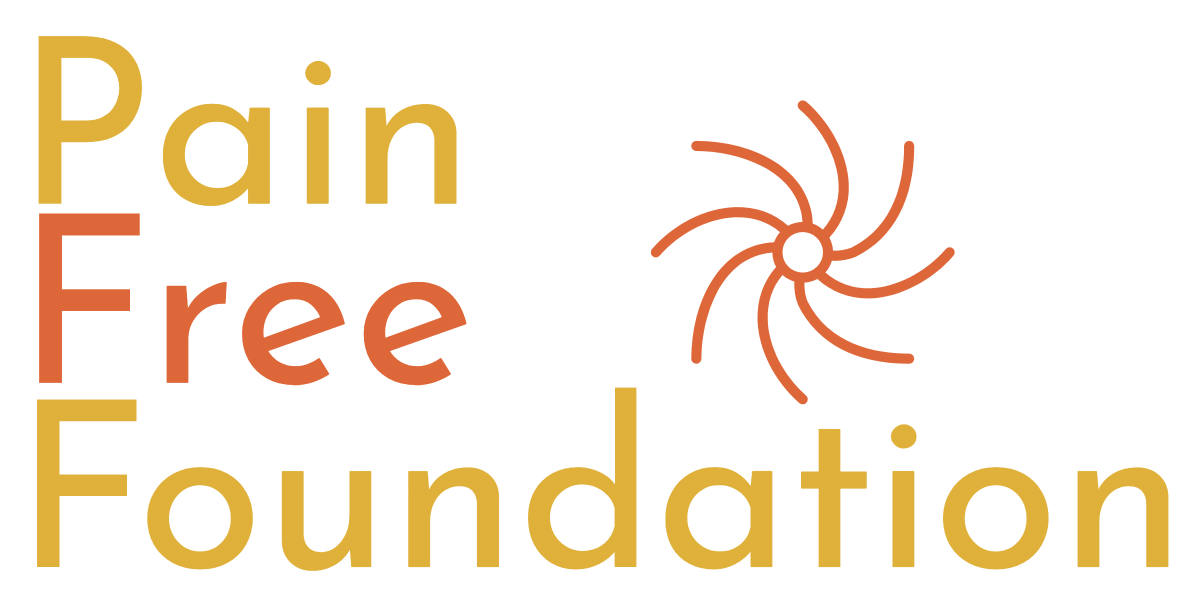The 5 Myths Of Physiotherapy
Because of society’s lack of understanding of the figure of the physiotherapist, a number of misconceptions have arisen that are far far from the role that these professionals perform in health.
When can I see a physiotherapist before or after a doctor’s appointment?
Should I only visit the clinic if I have a muscular injury or if I need rehabilitation?
Physiotherapy is a health science specialty that provides non-pharmacological therapeutic therapies that go beyond massages and injury treatments.
The 5 Myths and Facts About Physiotherapy
1. Physiotherapy is reserved for athletes alone.
Because great athletes use its services on a regular basis due to the injuries they are prone to throughout their professional careers, it has become a folklore.
However, this is not an unique sector for them, as physiotherapy may help with a variety of ailments such as tendinopathy, lymphedema, cervicalgia, and headaches, among others.
Pathologies that you have almost certainly experienced at some point in your life.
2. The physiotherapist is referred to us by the doctor.
This isn’t totally accurate, because for some conditions, such as acute back pain or torticollis, going to the doctor’s office first so that he or she can refer us to a physiotherapist isn’t required.
Furthermore, all physiotherapeutic therapies are based on the Physiotherapeutic Diagnosis, which is used to determine the cause of the patient’s ailment.
However, it is important that our doctor is aware of our medical history so that, if the pathology necessitates it, he or she can recommend us to a physiotherapist.
3. Only injuries are treated with physiotherapy.
A fallacy that we must begin to debunk, because physiotherapy professionals are now included as another figure in the health-care organization chart in areas as diverse as pediatrics, cardiology, obstetrics, and neurology.
As a result, it is erroneous to believe that the physiotherapist’s role is limited to providing massages or strengthening muscles and joints.
4. When it hurts, treatments work.
This is a fallacy, because the goal of physiotherapy is to relieve pain rather than to cause new discomfort in the body.
Many specialists wish to dispel this notion since the intensity of the effort, as measured by the amount of difficulty or agony it creates, has no bearing on the outcome.
This isn’t to say that some physiotherapeutic treatments don’t induce pain; it only means that experts shouldn’t use it as a metric for how intense a session is.
It is recommended that persons suffering from severe pain consult a physiotherapist so that he or she can assist them and provide them with the necessary guidelines based on their pathology.
5. Rehabilitation is only for those who have had surgery.
Incorrect. The role of the physiotherapist is critical in preventing injuries and, in many cases, delaying the need for surgery.
However, if delaying the operation is no longer an option, the physiotherapist can intervene prior to the procedure to decrease the physical toll of hospitalization.
As you can see, it is critical to publicize the profession in order to change society’s perception of physiotherapists.
What is the best way to accomplish this?
Demonstrating that we are experts in any of the physiotherapy branches through various physiotherapy courses, experts, or postgraduate courses that will help us increase our reputation.
